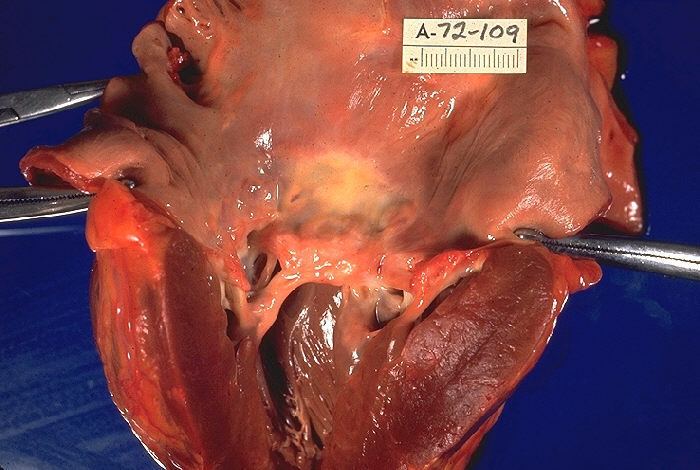 | ||
According to the Australian heart disease statistics, heart disease is a major cause of death in Australia (Nichols, 2014). Heart disease is an overall term used for any type of heart disorder that affects the heart reducing blood supply to the heart. It is also often referred as Cardiac disease and Coronary heart disease. It is generally a lifelong condition where damage to the artery and blood vessel cannot be cured (Bishop, 2010).
Contents
Types of heart disease
There are number of conditions that involves the heart such as:
Symptoms
According to Chenzbraun (2010), symptoms of the heart disease varies, and should not be ignored. The symptoms of heart disease are not alway intense and varies according to factors such as age and gender. The most common symptoms of heart disease is:
Smoking
This is a major risk factor of heart disease resulting in death. The rate of smoking is low in Australia according to the health survey: 14% of women and 18% of men being daily smokers (Nichols, 2014).
Physical inactivity
58% of Australians lack physical activity. Those who undertake low levels of physical activity are at higher risk of developing heart disease. Men were classified as moderately active than women (Nichols & Peterson, 2014).
Excessive alcohol consumption
Alcohol plays a huge role in Australian culture and its social circumstance. According to the Australian Bureau of statistics, 87.6% of males and 77.3% of females had consumed alcohol in the past year. Alcohol consumed at a limit, reduces the risk of developing heart disease.
Overweight
Being overweight and obese is very common in Australia especially children and teens. Almost 69.7% of male and 55.7% of female are overweight. The rate for both men and women of obesity is 27.5% (Australian Bureau of statistics). It is one of the leading cause of heart disease and cardiovascular disease.
High blood pressure
High blood pressure (hypertension) causes stress to the heart and its function that leads to heart disease. Males experience heart disease caused by hypertension than women. One in five Australians with high blood pressure suffers from heart disease (Nichols, 2014).
Prevention
A key step to prevent any type of heart disease is addressing the risk factors. Such as not smoking or use of drugs, regular exercising, have healthy diet, maintain healthy weight and have regular health screening to check up on blood pressure. These lifestyle changes reduces the risk of developing heart disease (Wood & Gordon, 2011).
Treatment
Prescribed medications are given to those suffering to help improve blood flow, low blood pressure and to relax blood vessel walls.
A non-surgical procedure called, Angioplasty, could be done to help dilate the narrowed arteries.
Coronary artery bypass surgery is also another way to treat coronary heart disease.
Although there are treatments available to treat heart disease, it is a lifelong condition restricting some daily lifestyle routine and incurable.
Epidemiology
Heart disease is a very common and serious illness in Australia. In 2007-8 about 3.5 million people were diagnosed with heart disease (especially cardiovascular disease). Although there are significant advances in the treatments, heart disease still remains the lead cause of death in Australia especially with people in lower socioeconomic groups (AIHW, 2011).
